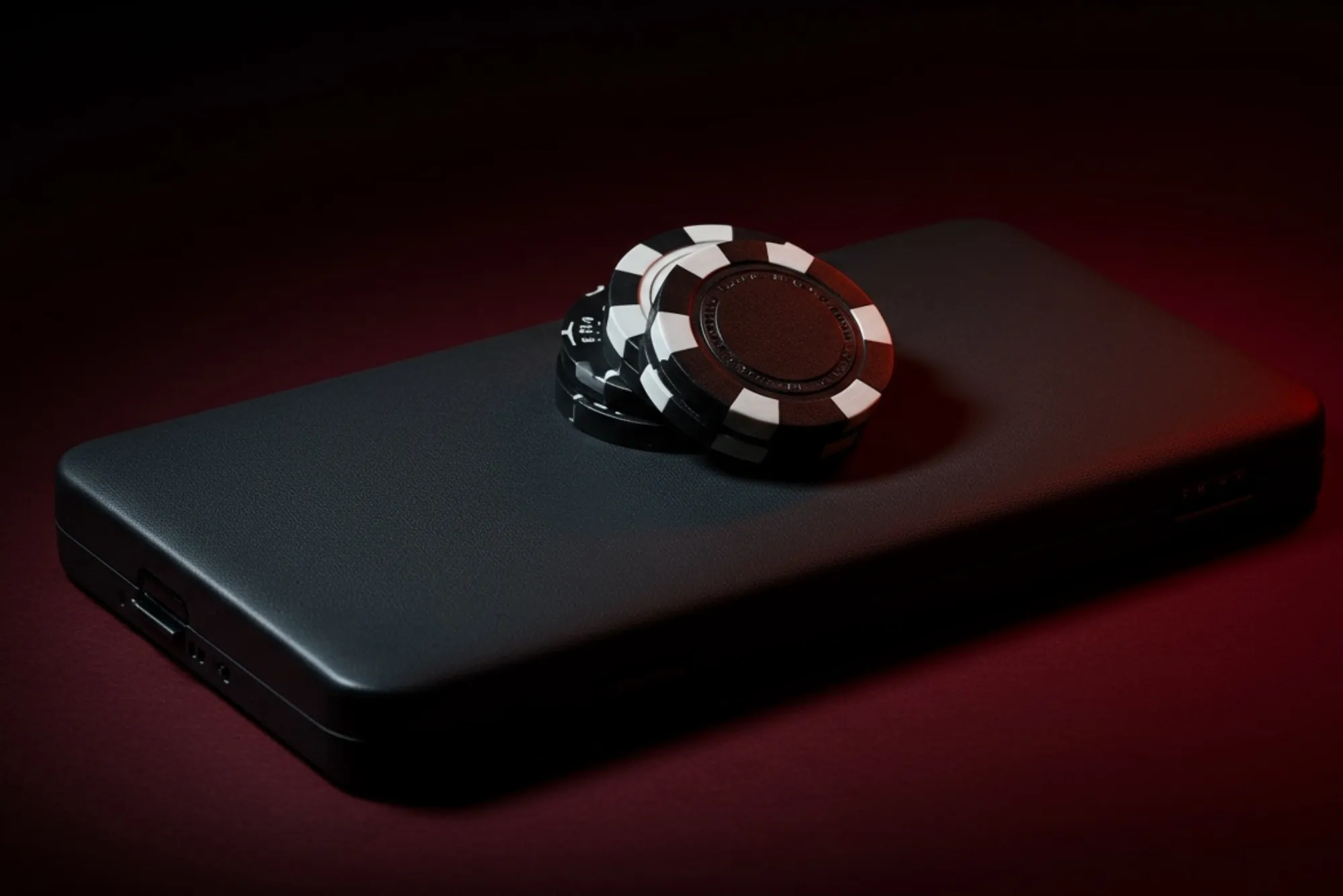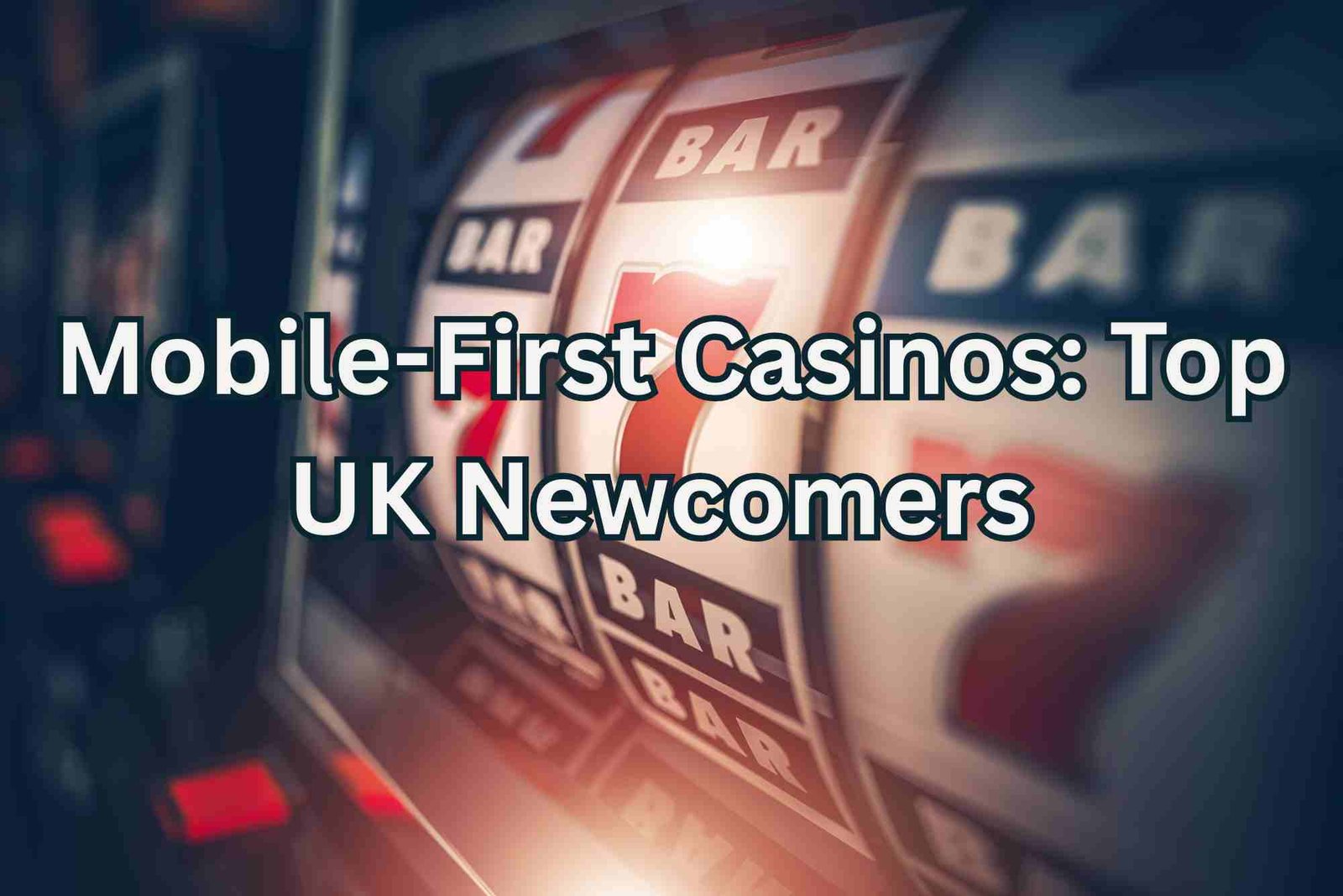Live casino betting has surged in popularity over the past few years, and it’s easy to see why. Unlike traditional online slots or table games powered entirely by random number generators, live casinos bring the excitement of a brick-and-mortar venue directly to your screen. You’re no longer clicking through digital reels—you’re watching a real dealer shuffle cards, spin a wheel, and interact with players in real time. That human element, combined with high-definition streaming and interactive features, creates an experience that rivals (and sometimes even surpasses) a night out at a physical casino.
From the moment you log in, the difference is palpable. Instead of static graphics and pre-programmed animations, you’re greeted by a crisp video feed. Dealers appear professional and personable—introducing themselves by name, wishing everyone luck, and guiding you through the play. In my early days of online gambling, I remember placing my first live blackjack bet and feeling a rush when the dealer called out my username as I joined the virtual table. That simple acknowledgement elevated my confidence, making the experience feel tailored and private rather than anonymous.
When researching where to get the best live casino interface, I discovered that not all operators are created equal. Some focus solely on flashy graphics, while others invest heavily in low-latency streams, multiple camera angles, and genuine human interaction. To cut through the noise, I rely on curated rankings of the best online betting sites that assess factors like dealer professionalism, streaming quality, and user interface design. These guides have saved me from disappointing experiences and pointed me toward platforms that consistently deliver immersion without hiccups.
The Evolution of Live Casino Technology
Live casino betting emerged as a response to players craving authenticity. Early online table games offered random number generators that simulated card draws and roulette spins, but they lacked drama. There was no dealer eye contact, no tactile chips to push across the table, and no sense of timing beyond clicking “deal.” Recognizing this gap, developers began streaming real tables from purpose-built studios with professional dealers. They installed multiple cameras—one focused on the table, another overhead for wide shots, and a third trained on dealer hands—to capture every moment.
Over time, streaming technology improved dramatically. Initially, video feeds suffered from lag and pixelation, eroding trust and breaking immersion. Today’s live casinos use dedicated content delivery networks and adaptive bitrate streaming. That means if your internet fluctuates, the system seamlessly adjusts quality so you rarely notice. I remember a test session where my connection dipped midway through a baccarat round; instead of buffering icons interrupting the play, the stream simply shifted to a lower resolution while keeping the action smooth. That reliability is essential for maintaining the sense of being “in the room.”
Beyond stable video, innovations like touch-screen chip selection, dynamic on-screen statistics, and real-time chat integration have refined the experience. Developers have also experimented with virtual reality overlays, allowing players to feel even closer to the table. While VR live casinos remain niche, they hint at the possibilities ahead: imagine looking around a digitally rendered casino floor and choosing which table to join as you would in Las Vegas.
The Human Touch: Real Dealers, Real Interaction
At the heart of any live casino lies its dealers. These professionals aren’t anonymous voices; they’re trained hosts who engage players, answer questions, and keep the pace lively. Their presence fosters trust. When you see a dealer’s genuine smile or hear their clear announcement of winning hands, it reassures you that the game is fair. Contrast that with a purely digital product, where algorithmic outcomes can feel opaque despite rigorous certification.
Dealers also personalize the experience. Many studios display each player’s username on a small screen or in-vision graphic, making you feel recognized. Some even learn regulars by name—welcoming you back, asking if your previous hand was a lucky one, or playfully remarking on a near-miss. During one particularly thrilling roulette session, the dealer celebrated my small win as if they’d placed the chips themselves. That warmth shifted my mindset from mere observer to invested participant.
Moreover, live dealers adapt to the table’s mood. If a string of losses sours the atmosphere, they might inject light-hearted banter or offer strategic reminders. When the mood is electric after a big payout, they’ll share in the excitement. This dynamic interplay is impossible to replicate with a static RNG game, and it’s a key ingredient in the immersive power of live casinos.
Social Engagement at Your Fingertips
A big draw of physical casinos is the social environment—whether you’re bantering with fellow players or absorbing the table’s energy. Live casinos replicate this through chat functions and community features. You can type messages to the dealer (“Good luck, everyone!” “Nice spin!”) and often interact with other bettors under your username. While it isn’t face-to-face, this form of connection builds camaraderie and keeps the session engaging even during quiet stretches.
In some studios, players can join tournaments or leaderboards, competing for the biggest win or most hands played. That competitive spark mirrors taking part in a home poker night or a friendly high-stakes table. Behind the scenes, AI-driven chat moderation ensures conversations stay respectful and free from spam, so the communal atmosphere feels welcoming rather than cluttered.
For more advanced social interaction, a few forward-thinking platforms have introduced video-enabled chat rooms where players can optionally share webcam feeds. These features remain rare but demonstrate how live casinos continue evolving, always seeking to close the gap between virtual and real.
Game Variety and Dynamic Gameplay
Live casino enthusiasts aren’t limited to just roulette and blackjack. Today’s studios offer an expanding roster: baccarat, casino hold ’em, three-card poker, Dream Catcher wheel games, and bespoke formats like Lightning Roulette with its electrified multipliers. Each title brings its own thrills, and switching between them maintains engagement. I often start with a few rounds of blackjack to warm up my strategy muscles, then pivot to the fast pace of live lightning games when I want a quick adrenaline boost.
What makes this variety immersive is the presentation. Lightning Roulette overlays animated lightning bolts and real-time multiplier indicators directly on the video feed. While the core wheel is physical, these digital enhancements keep you glued to the screen, blurring the line between reality and augmented spectacle. The combination of tangible equipment and digital flair immerses players in an environment that feels both authentic and cutting-edge.
Interface Excellence and Mobile Optimization
Immersion relies not just on video quality but on seamless interaction. A cluttered interface breaks the spell—buttons hidden behind pop-ups or complicated menus derail focus. The best live casinos present a clean layout: the dealer video takes center stage, chip values and table stats are clearly visible, and action buttons respond instantly. Smart defaults—like auto-selecting your most used chip denomination—save time and let you focus on the game rather than fiddling with settings.
Mobile live casinos must overcome additional challenges. On smaller screens, developers prioritize a single video feed with overlay icons for chat, chip selection, and stats. Swipe gestures can switch camera angles, letting you zoom in on the dealer’s hand or the wheel. I often play live baccarat on my commute, and the way the interface adapts makes me forget I’m on a phone. The action feels just as immediate as on desktop.
Interactive Features and Personalization
Immersion deepens when you feel in control. Many live casinos let you customize your view—adjusting camera angles, toggling dealer audio, and choosing stream resolution. Some offer picture-in-picture modes, enabling simultaneous play at multiple tables. I once had a live blackjack table open in a small window while browsing stats for an upcoming roulette spin. That multitasking capability allowed me to stay engaged in two games without missing a beat.
Behind these features, sophisticated back-end systems track your play history, preferred tables, and chip patterns. Platforms then surface personalized recommendations—suggesting new games or tables with familiar dealers. This tailored approach keeps you invested and reduces the friction of hunting for new experiences.
Psychology of Immersion
Why do these elements coalesce into something so compelling? It comes down to presence and agency. High-definition video stimulates our visual senses more richly than graphics alone. Real-time interaction with dealers and other players creates social bonds. A responsive interface gives you agency over the environment. Together, these factors trick your brain into feeling as if you’ve stepped into a real casino—even when you’re sitting on your couch in slippers.
Studies in consumer psychology show that human beings crave authenticity and social connection. Live casino betting taps into both by delivering genuine human interaction and a shared experience. Even the smallest sensory cues—a dealer’s shuffling sound, the click of chips—trigger memories of real-world casinos, enhancing the emotional payoff of each win (and softening the sting of each loss).
Responsible Immersion
While the immersive quality of live casinos is a major draw, it also comes with responsibility. It’s easy to lose track of time when you’re engrossed in a live game. That’s why reputable operators build in tools like session timers, deposit limits, and reality checks. Personally, I set a 90-minute timer for live sessions and remind myself to take breaks—stretch, get a drink, or step outside. That way, I enjoy the full sensory experience without overindulging.
Choosing the Right Platform
Not all live casinos are equal. When selecting where to play, look beyond bonus offers. Licensing and regulation ensure the dealer tables are fair, while independent auditors like eCOGRA verify game integrity. Read reviews focusing on streaming reliability, dealer professionalism, and mobile performance. Lean on platforms that commit to transparency and responsible gambling. By doing so, you safeguard both your bankroll and your well-being.
Conclusion
Live casino betting represents a remarkable fusion of technology, human interaction, and game design. From crystal-clear video streams and charismatic dealers to dynamic game variants and intuitive interfaces, every element works in concert to draw you into the action. As someone who’s experienced both the highs and lows at these tables, I can attest that nothing matches the thrill of watching real cards dealt in real time, or the communal buzz of sharing a roulette spin with players around the globe. With the right platform and a mindful approach, live casino betting can offer an immersive, engaging, and genuinely enjoyable way to play.




